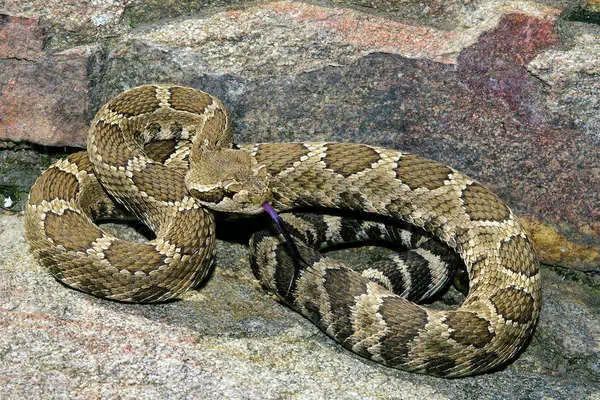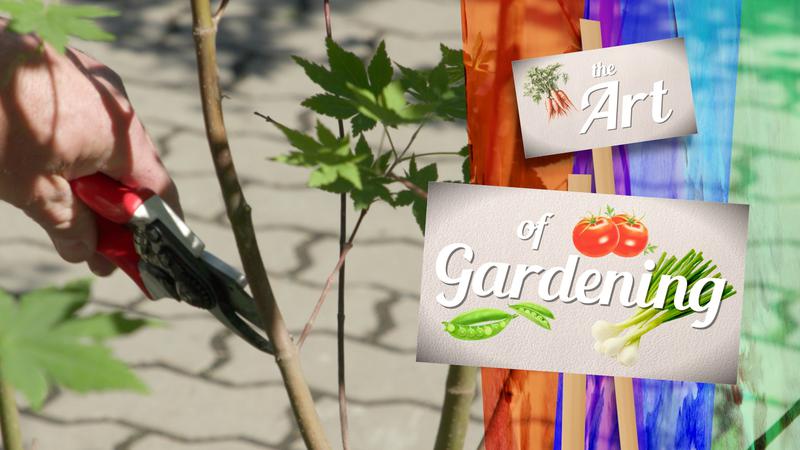
Why we fear rattlesnakes more than clowns
THERE WAS A GUY who lived in our home town when I was growing up who made the local paper every year. He was a minor celebrity, a bit of a folk hero, even, because he killed rattlesnakes.
Each spring, there would be a story and a picture of him with several dozen rattlesnake skins. His objective was to kill as many as he could, and he was good at it.
I don’t remember the reason for his life mission, but something must have happened that made him hate those snakes so much. It seemed impossible back then to make a serious dent in the rattlesnake population — Oliver is located in a desert with a lot of dry, rocky areas that make for perfect rattlesnake territory, and they were everywhere.
Rattlesnakes are no stranger to Kamloops, either. This, apparently, is a big rattlesnake year. The snakes are out and so are the warnings. Neighbours are sounding the alarm to one other — keep a sharp lookout and your dogs on leash, and stay on the trail.


